Let a cure y = y(x) pass through the point (3, 3) and the area of the origin under this curve, above the x-axis and between the abscissae 3 and x (>3) be
. If the curve also passes through the point
in the first quadrant, then a is equal to………….
Let a cure y = y(x) pass through the point (3, 3) and the area of the origin under this curve, above the x-axis and between the abscissae 3 and x (>3) be . If the curve also passes through the point in the first quadrant, then a is equal to………….
-
1 Answer
-
differentiating w.r.to x
After solving we get also curve passes through (3, 3) Þ c = -2
which passes through
Similar Questions for you
Since a is a odd natural number then
Þ a = 5
lim (x→∞) (∫? ^ (√x²+1) tan? ¹t dt) / x = lim (x→∞) (tan? ¹ (√x²+1) * (x/√ (x²+1) = lim (x→∞) (tan? ¹ x) * (x/√ (x²+1) = π/2
Given curve is
for
And
We know that at i.e,
So the point of intersection is at
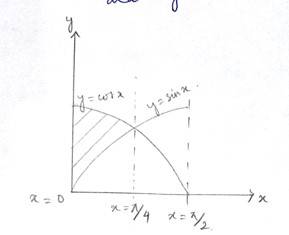
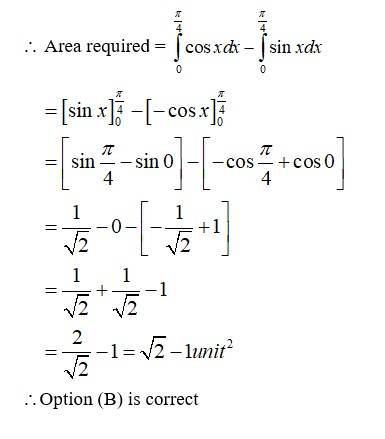
The given equation of the lines are
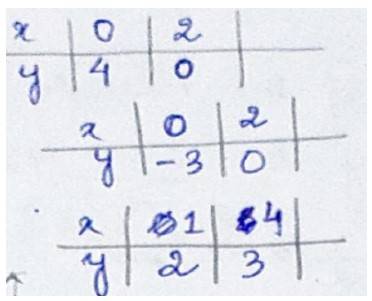
Area of
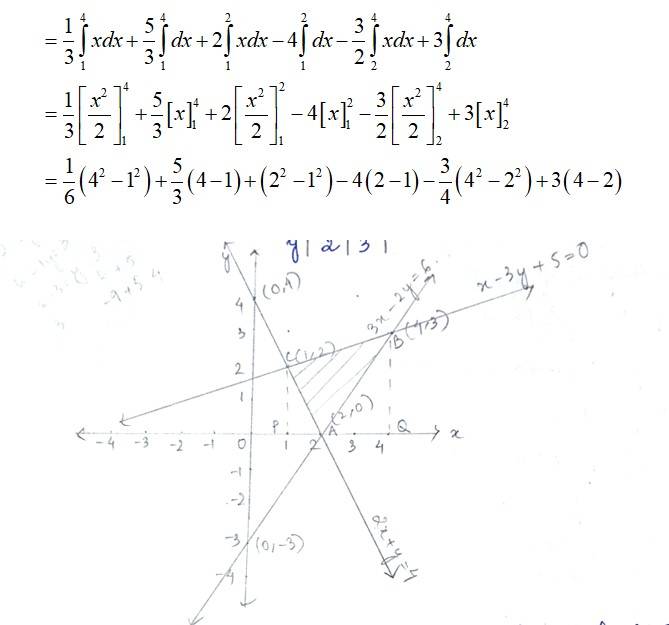
The point of intersection of the circle and the parabola is .
Taking in first quadrant
Area of
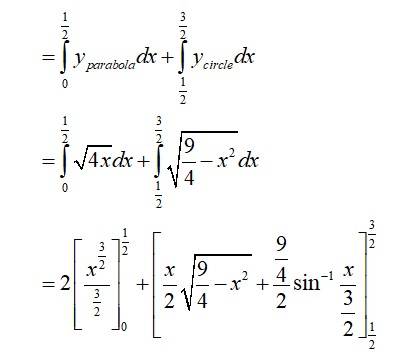
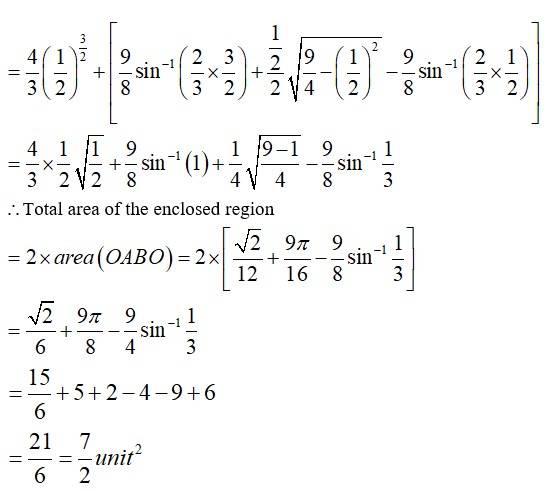
The given vertices of the triangle are A(2,0),B(4,5)and C(6,3)
So, equation of line AB is
Similarly equation of BC is
And equation of AC is
=
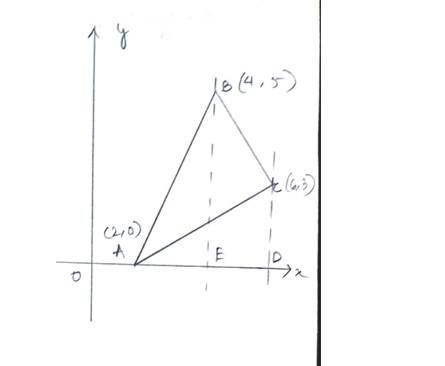
Area of
=
Taking an Exam? Selecting a College?
Get authentic answers from experts, students and alumni that you won't find anywhere else
Sign Up on ShikshaOn Shiksha, get access to
- 66k Colleges
- 1.2k Exams
- 680k Reviews
- 1800k Answers
